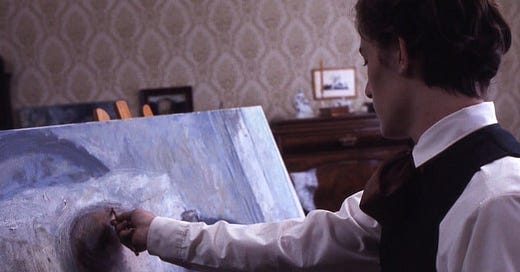Every week or so, filmmaker and writer Robert Greene will attempt to push for a new canon of cinematic nonfiction.
Peter Watkins’ Edvard Munch is not a documentary, but it is one of the greatest, most singular works of cinematic nonfiction ever made. With the recent emergence of the so-called “hybrid” documentary, it is important to remember that there h…
Keep reading with a 7-day free trial
Subscribe to Nonfics to keep reading this post and get 7 days of free access to the full post archives.



